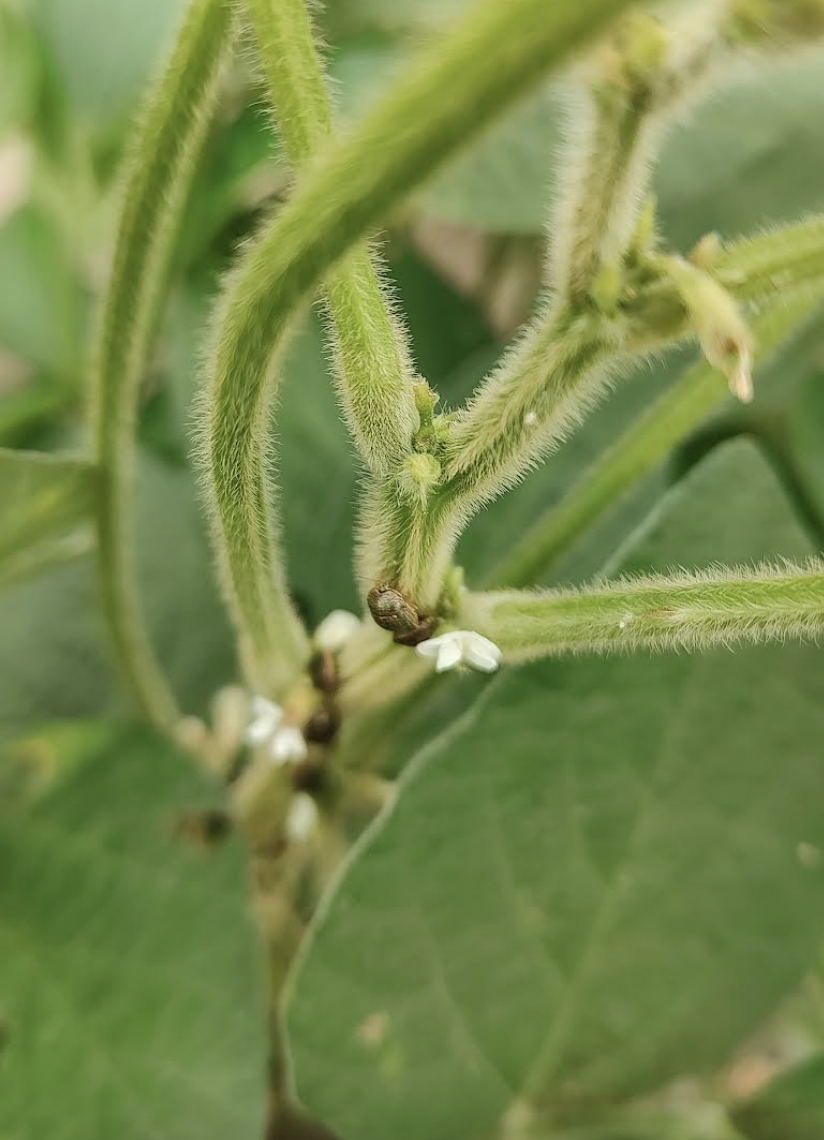Scouting Notes From the Southeast Extension District
go.ncsu.edu/readext?878610
en Español / em Português
El inglés es el idioma de control de esta página. En la medida en que haya algún conflicto entre la traducción al inglés y la traducción, el inglés prevalece.
Al hacer clic en el enlace de traducción se activa un servicio de traducción gratuito para convertir la página al español. Al igual que con cualquier traducción por Internet, la conversión no es sensible al contexto y puede que no traduzca el texto en su significado original. NC State Extension no garantiza la exactitud del texto traducido. Por favor, tenga en cuenta que algunas aplicaciones y/o servicios pueden no funcionar como se espera cuando se traducen.
Português
Inglês é o idioma de controle desta página. Na medida que haja algum conflito entre o texto original em Inglês e a tradução, o Inglês prevalece.
Ao clicar no link de tradução, um serviço gratuito de tradução será ativado para converter a página para o Português. Como em qualquer tradução pela internet, a conversão não é sensivel ao contexto e pode não ocorrer a tradução para o significado orginal. O serviço de Extensão da Carolina do Norte (NC State Extension) não garante a exatidão do texto traduzido. Por favor, observe que algumas funções ou serviços podem não funcionar como esperado após a tradução.
English
English is the controlling language of this page. To the extent there is any conflict between the English text and the translation, English controls.
Clicking on the translation link activates a free translation service to convert the page to Spanish. As with any Internet translation, the conversion is not context-sensitive and may not translate the text to its original meaning. NC State Extension does not guarantee the accuracy of the translated text. Please note that some applications and/or services may not function as expected when translated.
Collapse ▲During scouting visits for NC State Cooperative Extension on farm soybean trials we found multiple pests in the same field (corn earworm, kudzu bug, clover worm, soybean loopers, and a few stinkbugs) which helped to confirm the importance of scouting. When determining insect presence, species identification, and pest population/threshold, a sweep net was used. The images attached are an example of some of the pests found. Please note that due to the different species located in the same field, fields may require multiple treatment options. Reference the NC State soybean insect production guide.
Pest: Corn earworm
Picture taken: August 1, 2022 (Day of scouting)
Location: Robeson
Sweep count after sweep method-(7 average) for threshold reference North Carolina State Threshold calculator.
R3 Growth Stage
Agronomy notes: feeding both on foliage and newly formed pods, determined 4 prolegs to separate from soybean loopers (2 prolegs) and green clover worms (3 prolegs).

Image from scouting
Pest: Kudzu bugs
Picture taken: August 1, 2022 (Day of scouting)
Location: Robeson
Sweep Count: <4
R3 Growth stage (Same field as image above, planted at a later date for fill in)
Agronomy notes: Colonization found on headland, near ditches in isolated spots. Interior field sweep numbers were lower. Potential to move further into the field. **nymph was also noted in same region

Image captured at scouting
Additional Useful links
Scouting video with North Carolina State’s Dominic Reisig; https://www.youtube.com/watch?v=4azZDkymkhA




